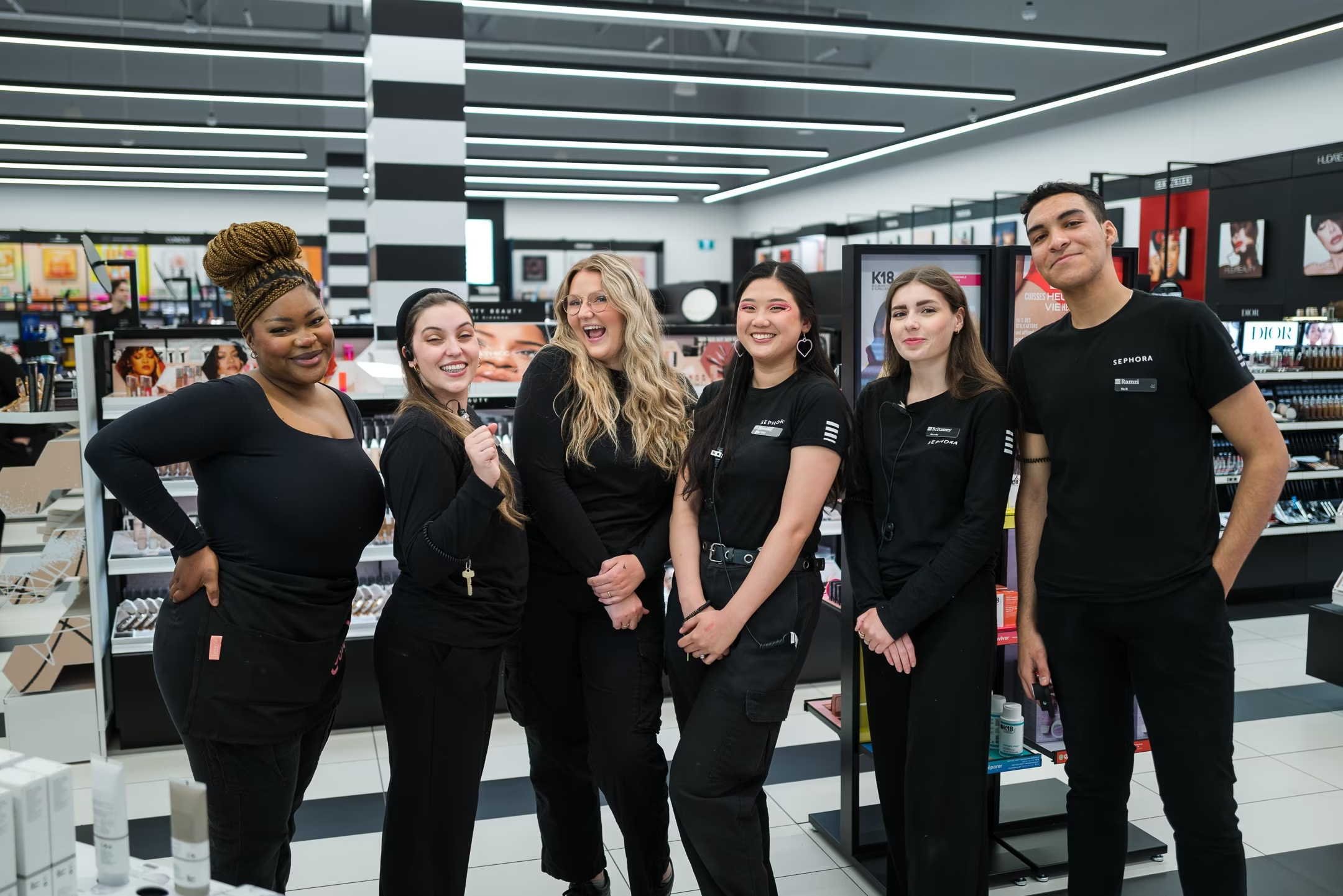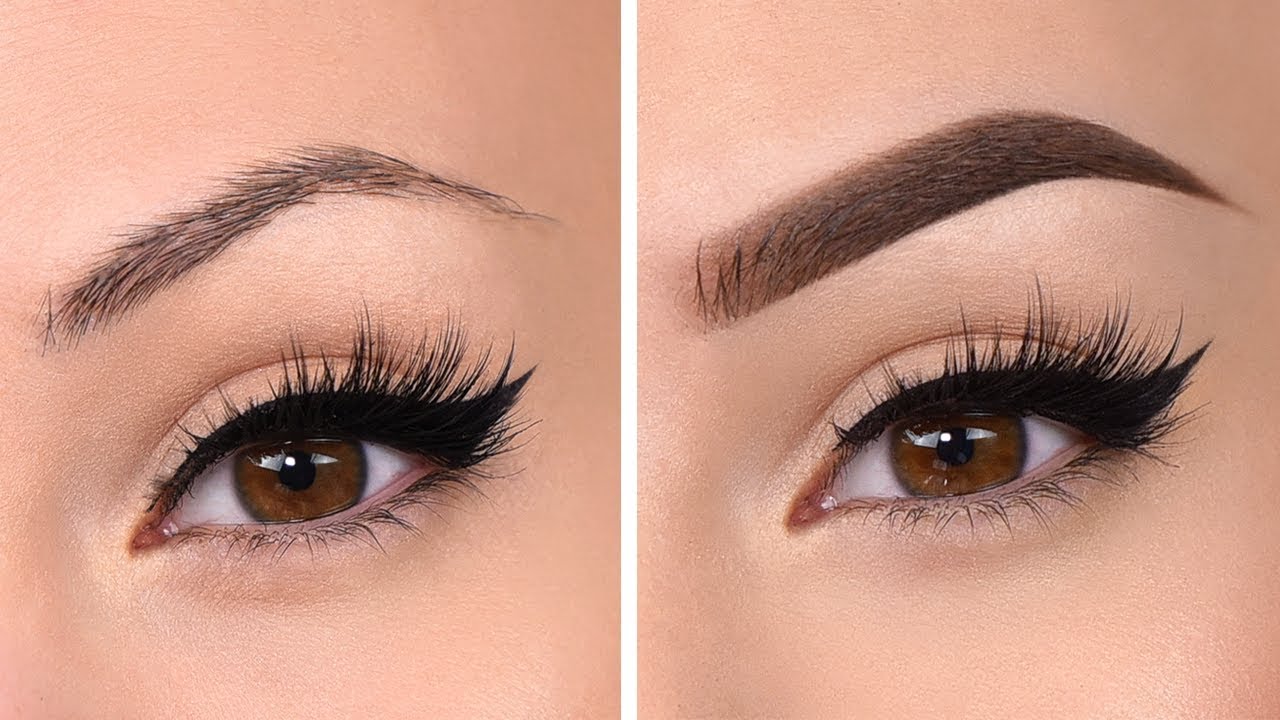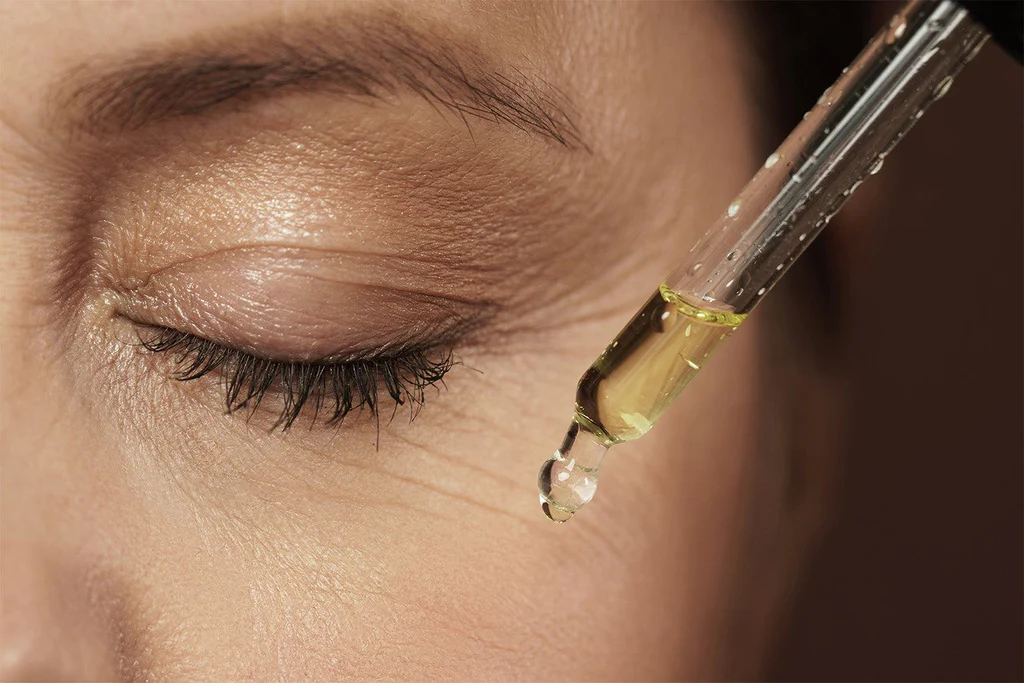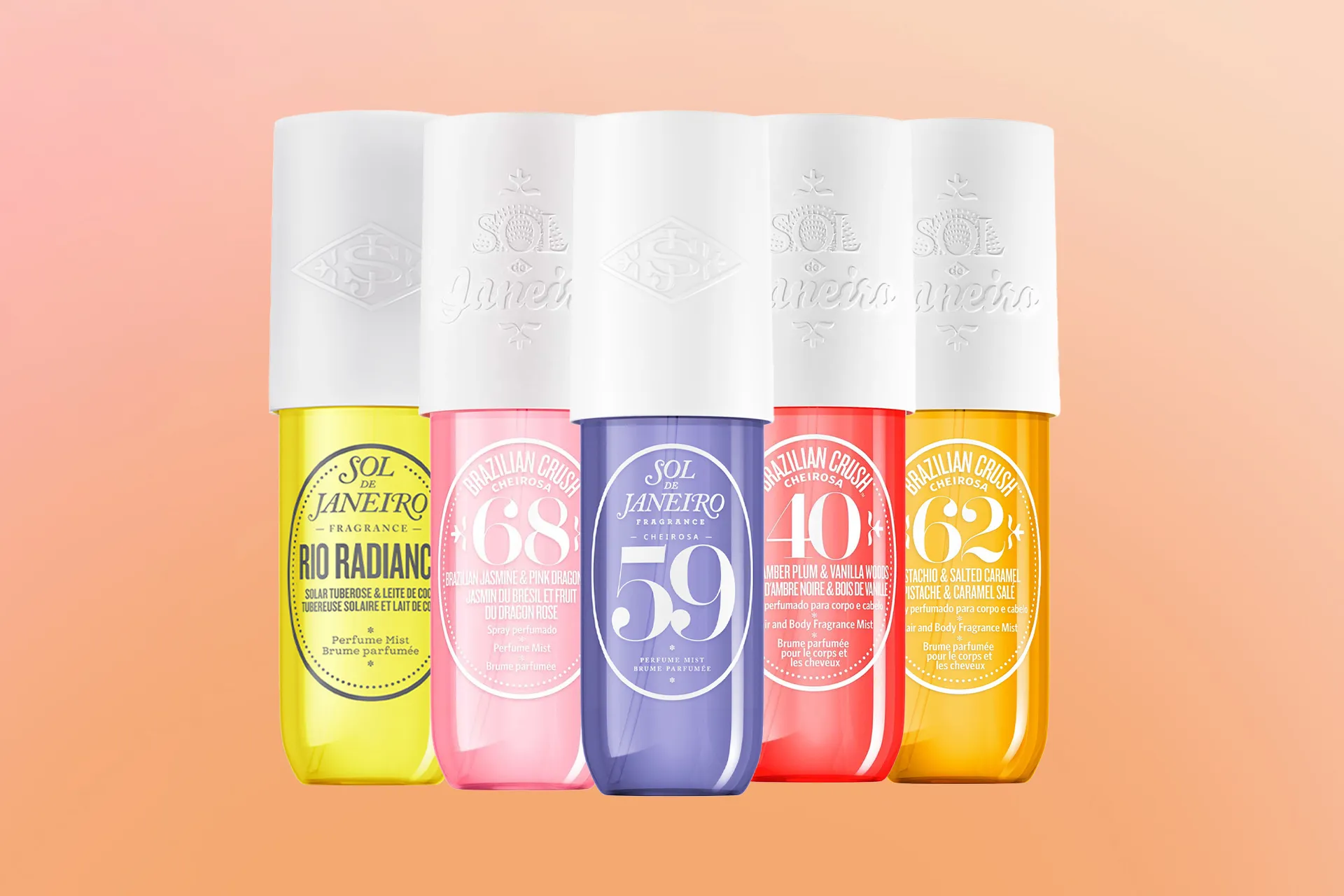If you’re looking for a way to enhance your eyebrows and achieve a natural-looking, long-lasting result, you might have heard of two popular techniques: phi brows and microblading. But what are they exactly, and how do they differ from each other? In this blog post, we’ll explain everything you need to know about phi brows and microblading, including their benefits, drawbacks, costs, and suitability for different skin types. We’ll also answer some frequently asked questions and give you some tips on how to choose the best option for your brows.
What are Phi Brows?
Phi brows is a brand name for a specific type of microblading technique that was developed by the Phi Academy, a worldwide leader in the field of permanent makeup. Phi brows is a manual, semi-permanent method of creating hyper-realistic eyebrow drawings that follow the golden ratio and the facial morphology of each client. Phi brows artists use a special tool called a microblade, which is a pen-like device with a disposable blade made of tiny needles. The microblade is dipped in a high-quality pigment that matches the natural hair color and skin tone of the client, and then used to create fine, crisp, and natural-looking hair strokes in the brow area. The pigment is implanted into the upper layer of the skin, creating a semi-permanent tattoo that lasts for 12 to 18 months, depending on the skin type and aftercare.
What are the Benefits of Phi Brows?
Phi brows has many advantages over other types of eyebrow treatments, such as:
- It produces a very natural and subtle result that mimics the appearance of real hair.
- It is suitable for all skin types, including oily, dry, sensitive, and mature skin.
- It is customizable and tailored to each client’s preferences, face shape, and brow structure.
- It is relatively painless and minimally invasive, as the microblade only penetrates the superficial layer of the skin.
- It is safe and hygienic, as the microblade is disposable and the pigment is vegan and cruelty-free.
- It is low-maintenance and does not require any touch-ups for at least a year.
What are the Drawbacks of Phi Brows?
Phi brows is not a perfect solution for everyone, and it also has some potential disadvantages, such as:
- It is more expensive than other eyebrow treatments, as it requires a high level of skill and training from the artist.
- It is not a permanent solution, as the pigment will fade over time and need to be refreshed every year or so.
- It is not suitable for people who have certain medical conditions, such as diabetes, blood disorders, skin diseases, or allergies to pigments.
- It requires proper aftercare and healing, as the brows may scab, itch, or swell for a few days after the procedure.
- It may not produce the desired result for some clients, as the pigment may not retain well or may change color depending on the skin type and exposure to sun.
What is Microblading?
Microblading is a generic term for a permanent makeup technique that involves drawing eyebrows with a microblade. Microblading is similar to phi brows in many ways, as it also uses a pen-like device with a disposable blade and a pigment to create hair-like strokes in the brow area. However, microblading is not a trademarked technique, and it does not follow any specific standards or guidelines. Therefore, the quality and outcome of microblading may vary greatly depending on the skill and experience of the artist, the products and tools they use, and the technique they apply.
What are the Benefits of Microblading?
Microblading can also offer some benefits for people who want to improve their eyebrows, such as:
- It can create a fuller and more defined look for sparse, thin, or over-plucked brows.
- It can correct asymmetrical or uneven brows and enhance the arch and shape of the brows.
- It can save time and money on daily makeup products and routines, as the brows will always look groomed and polished.
- It can boost confidence and self-esteem for people who are unhappy with their natural brows.
What are the Drawbacks of Microblading?
Microblading can also have some drawbacks that may outweigh its benefits, such as:
- It can look unnatural and harsh if the strokes are too thick, dark, or dense, or if the pigment does not match the natural hair color and skin tone.
- It can be unsuitable for some skin types, especially oily, sensitive, or acne-prone skin, as the pigment may not last long or may blur or spread under the skin.
- It can be risky and harmful if the artist is not qualified, certified, or experienced, or if they use low-quality products and tools that may cause infections, allergies, or scarring.
- It can be difficult and costly to remove or correct if the result is unsatisfactory or if the client changes their mind.
How to Choose Between Phi Brows and Microblading?
As you can see, phi brows and microblading are not exactly the same thing, and they have different pros and cons. So how can you decide which one is better for you? Here are some factors to consider before you book your appointment:
- Your skin type: If you have oily, sensitive, or acne-prone skin, you may want to opt for phi brows, as it is more compatible and durable for your skin. If you have dry, normal, or mature skin, you may be able to choose either phi brows or microblading, depending on your preference and budget.
- Your desired result: If you want a very natural and subtle look that follows your facial features and brow structure, you may prefer phi brows, as it is more precise and customized. If you want a more dramatic and defined look that changes the shape and color of your brows, you may like microblading, as it is more versatile and bold.
- Your budget: If you can afford to pay more for a high-quality service and product, you may choose phi brows, as it is more expensive but also more reliable and consistent. If you have a limited budget or want to try a cheaper option, you may go for microblading, as it is more affordable but also more variable and unpredictable.
- Your artist: The most important factor to consider is the skill and reputation of the artist you choose. Whether you choose phi brows or microblading, you should always do your research and find a certified, experienced, and trustworthy artist who can show you their portfolio, reviews, and credentials. You should also consult with them and ask them any questions you have before you proceed with the procedure.
FAQs
Here are some common questions and answers about phi brows and microblading that may help you make your decision:
- Q: How long does the procedure take?
- A: The procedure usually takes about two hours, including the consultation, the numbing, the drawing, and the aftercare instructions.
- Q: How much does it cost?
- A: The cost may vary depending on the location, the artist, and the technique, but it usually ranges from $300 to $800 for phi brows and from $200 to $500 for microblading.
- Q: How long does it last?
- A: The longevity may vary depending on the skin type, the lifestyle, and the aftercare, but it usually lasts from 12 to 18 months for phi brows and from 6 to 12 months for microblading.
- Q: How painful is it?
- A: The pain level may vary depending on the individual’s tolerance and the numbing cream used, but it is usually mild to moderate, similar to threading or plucking.
- Q: How do I take care of my brows after the procedure?
- A: You should follow the aftercare instructions given by your artist, which may include avoiding water, sun, makeup, and sweat for a few days, applying a healing ointment or cream, and avoiding scratching or picking at the scabs.
- Q: Do I need a touch-up?
- A: You may need a touch-up after four to six weeks to fill in any gaps, adjust the shape or color, and enhance the result.
Conclusion
Phi brows and microblading are both popular techniques for enhancing the eyebrows and creating a semi-permanent tattoo. However, they are not the same thing, and they have different benefits and drawbacks. Phi brows is a more advanced and refined technique that produces a more natural and subtle result, but it is also more expensive and requires a higher level of skill and training from the artist. Microblading is a more generic and versatile technique that produces a more dramatic and defined result, but it is also more risky and unpredictable and may not suit all skin types. The best way to choose between phi brows and microblading is to consider your skin type, your desired result, your budget, and your artist, and to consult with a professional before you make your decision. We hope this blog post has helped you understand the difference between phi brows and microblading and has given you some useful information and tips. If you have any questions or comments, please feel free to leave them below. Thank you for reading!

 By
Your Beauty Plug
By
Your Beauty Plug




